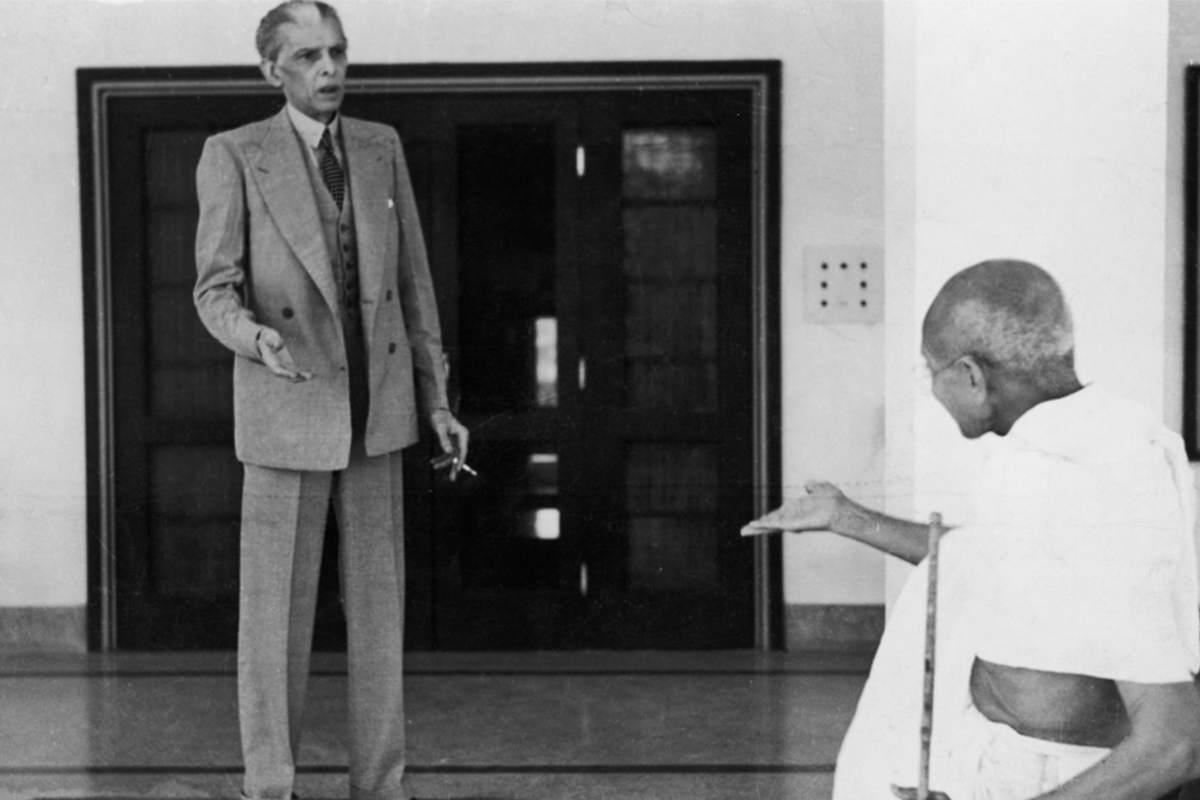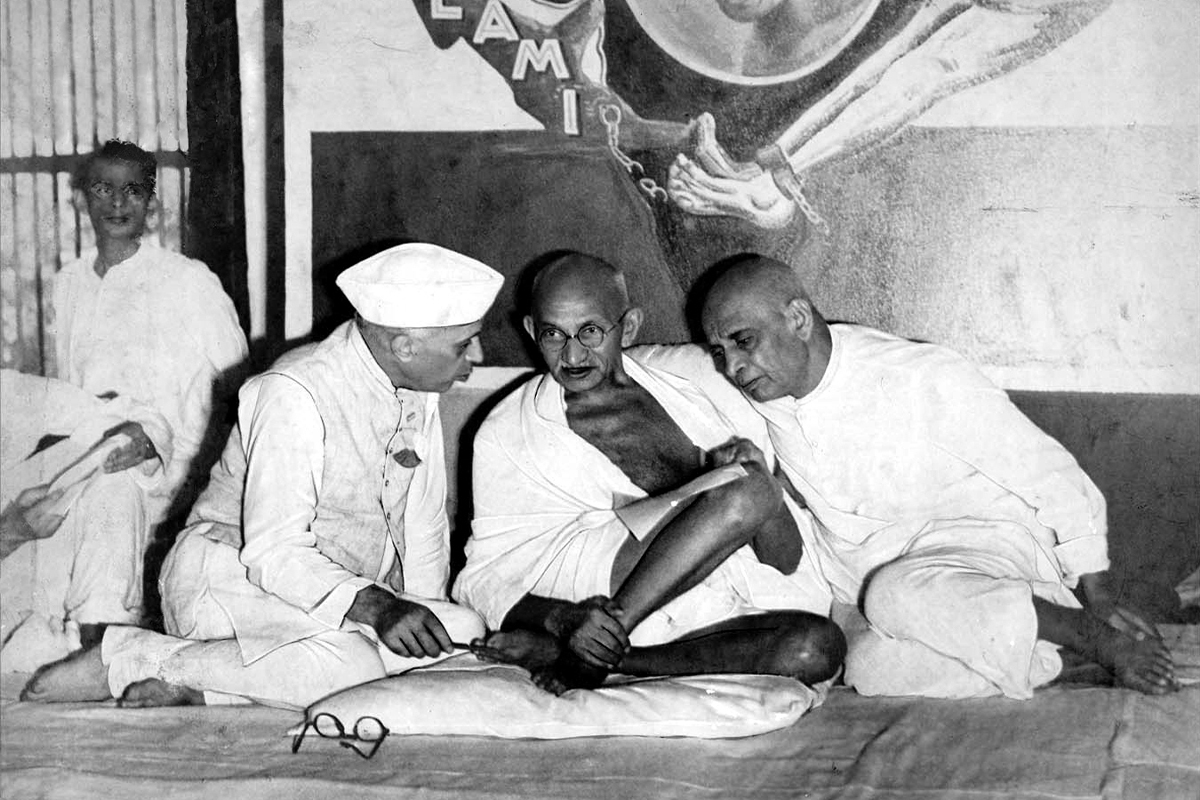ARTICLE
Kulwant Roy
Throughout most of the 1940s, it was difficult to procure photographic film due to the disruptions and shortages caused by the Second World War, and the colonial government’s aggressive censorship of press coverage of the freedom movement and the Bengal Famine. However, Roy’s former colleagues from the Air Force occasionally supplied him with short rolls of large film, which he would cut into single pieces to fit his camera and shoot individual photographs, which is why many of the negatives in the collection bequeathed to Arya are not part of a roll.
After Independence, Roy stayed back in New Delhi and continued running his agency. His most prominent project at this time was documenting the construction of the Bhakra Nangal dam in Himachal Pradesh, which became a symbol for a rapidly modernising India. Between 1958 and 1962, he travelled to over thirty countries, sustaining himself through the sale of his existing photographs as well as other commissions he received on the way. Notably, his work appeared in the German magazine Stern and in an exhibition comprised of photographers shortlisted for the World Press Photo Contest during this time.
Over the next decade, Roy remained busy. He shot the Sino-Indian war of 1962 and the Indo-Pakistan war of 1965 from the frontlines. He also covered important diplomatic visits to India by foreign dignitaries, such as Jacqueline Kennedy’s trip to India in 1962. In the 1970s, he was diagnosed with leukemia. This, combined with the theft of the negatives of the photos from his world tour and the increasing difficulty of sustaining himself as an independent photojournalist, led to a steady decline in his practice and income between the 1970s and early 1980s.
In 1984, soon after his last assignment — photographing the seventh conference of the Non-Aligned Movement at Vigyan Bhavan, New Delhi — Kulwant Roy passed away.
Roy’s legacy was obscured for nearly thirty years between his death and the recovery of his negatives. Since then, Arya has archived all of his surviving images and incorporated them into the India Photo Archive Foundation. Three decades of his photography are featured in the book History in the Making: The Visual Archives of Kulwant Roy (2010), authored by Arya and Indivar Kamtekar. Notable posthumous exhibitions of his rediscovered work, also organised by Arya, were held at the Indira Gandhi National Centre for the Arts (IGNCA), New Delhi in 2008; as a part of the show Where Three Dreams Cross: 150 Years of Photography from India, Pakistan and Bangladesh at the Whitechapel Gallery, London, UK in 2011; and at the National Gallery of Modern Art (NGMA), New Delhi under the title The Visual Archives of Kulwant Roy (2012), and then again at the NGMA, Mumbai in 2014.
Bibliography
Our website is currently undergoing maintenance and re-design, due to which we have had to take down some of our bibliographies. While these will be re-published shortly, you can request references for specific articles by writing to hellomapacademy@map-india.org.








